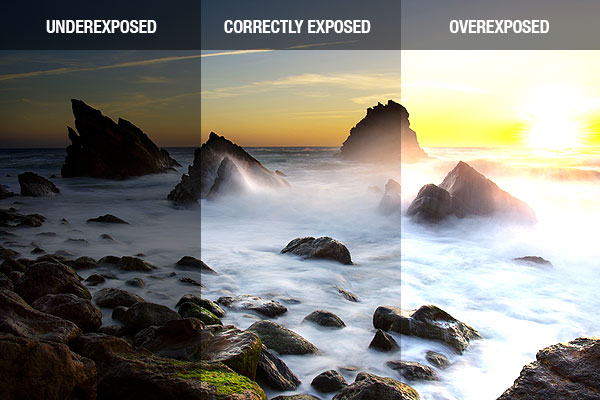Aperture
|
Shutter Speed
|
ISO Speed
|
Composition
Composition is defined as the combining of distinct parts or elements to form a whole. In photography that definition is very important in taking quality pictures. The following rules of composition should be learned and considered but not necessarily used in every photo. Once you have learned these rules you will be more observant of the possible photo opportunities that surround you. But keep in mind that the really famous photographers usually find a creative way to stretch or break the rules of composition.
Rule of ThirdsThe rule of thirds has been used through the centuries and is probably the most recognized rule. The rule of thirds directs that the frame can be divided into three vertical sections and three horizontal sections. Wherever the separating lines connect is an ideal spot for a subject or point of interest. By positioning your main subject at any of the four intersection points, you are giving your subject more emphasis than If it is right in the middle of the photo. The intersection points can also work if there is more than one main subject in a photo. Most famous photographs and paintings have the rule of thirds applied to them in some way or another.
|
|
Shallow Depth of field control. (only the main subject of interest is enhanced by throwing other elements out of focus.)
Extended Depth of field control (From near to far in sharp focus)
|
Depth of fieldDepth of field (DOF), also called focus range or effective focus range, is the distance between the nearest and farthest objects in a scene that appear acceptably sharp in an image. Although a lens can precisely focus at only one distance at a time, the decrease in sharpness is gradual on each side of the focused distance, so that within the DOF, the unsharpness is imperceptible under normal viewing conditions
|
BalanceFormal balance is symmetrical balance. To achieve this type of balance, the focus of the picture should be placed in the middle of the image, while identical or similar subjects are evenly spaced around the central point. Portraits are an example of a picture where it is best to use formal balance.
Informal balance is more indistinct in nature. In a photograph with informal balance, dissimilar elements balance each other out on either side of the frame. Informal balance can occur with objects of any size, but it is most visually appealing to have a larger object balanced out with a smaller object or several smaller objects. This type of balance usually follows the rule of thirds. |
Symmetric Or Formal Balance
Asymmetric Or Informal Balance
|









